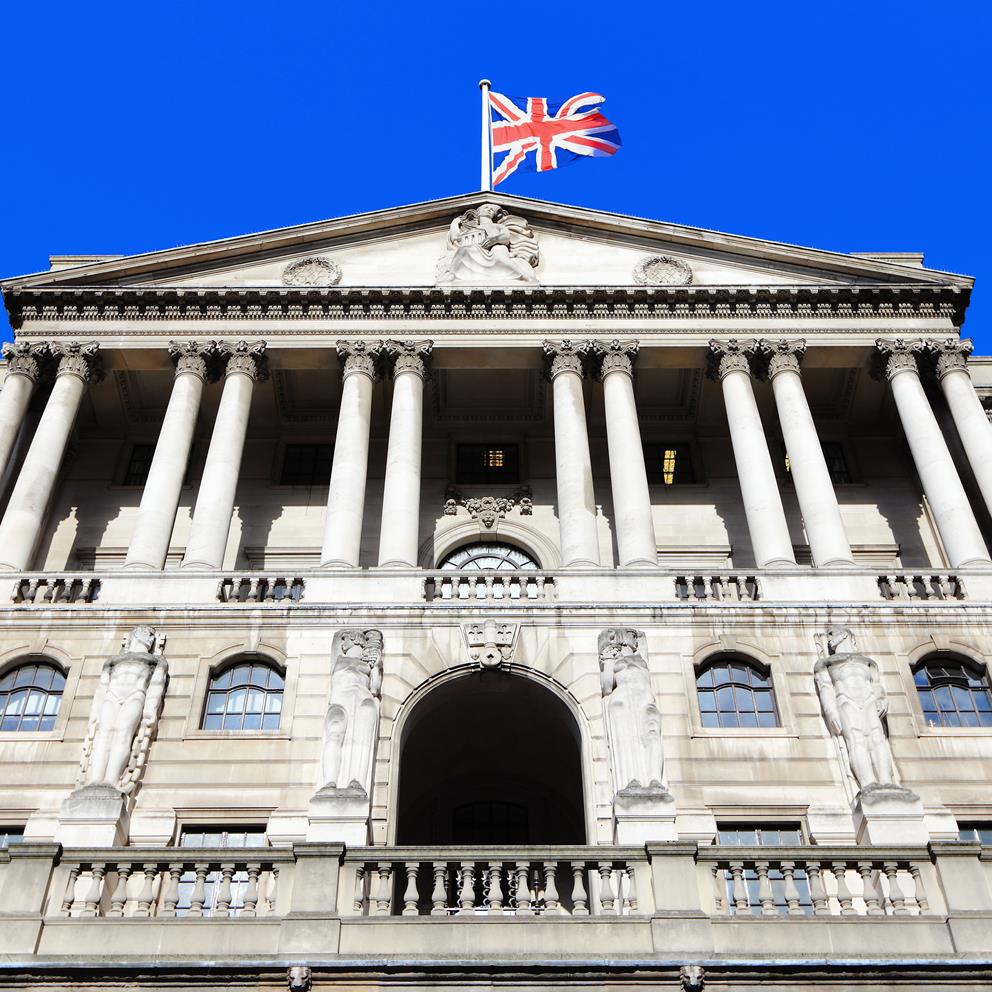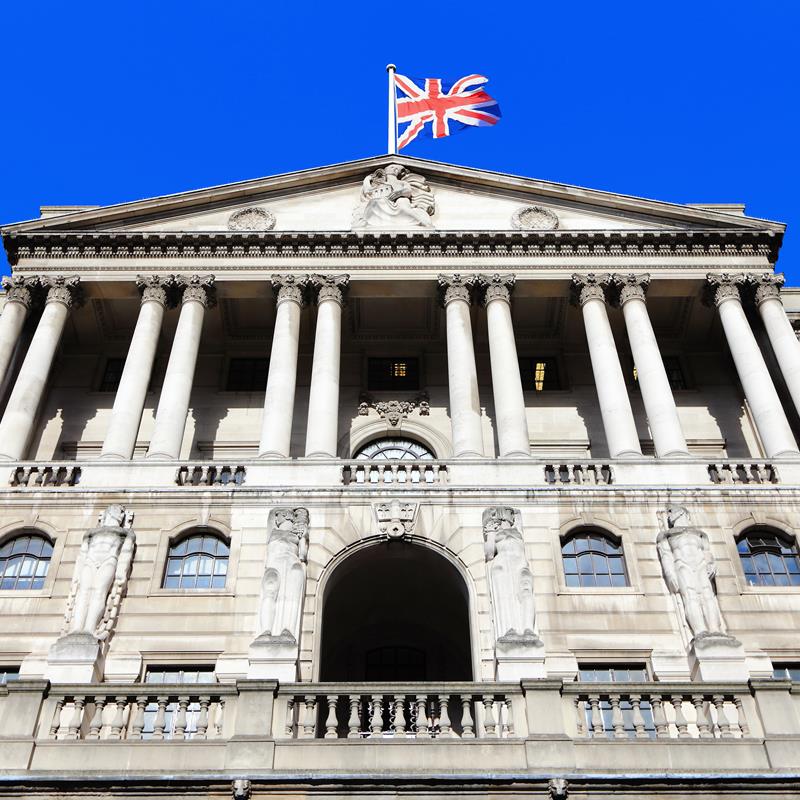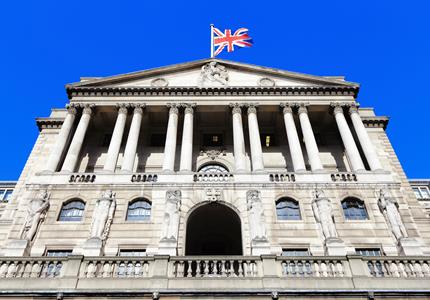

Weekly update - Where next for central banks?
As this year draws to a close, market attention has obviously started to focus on the outlook for 2024. For the cash management team, this really boils down to what central banks are expected to do next year. The key themes will be:
- Have interest rates peaked?
- Will inflation continue to fall?
- Will economies slow to create a soft landing or will there be a recession?
Of course, if we knew the answers to any of these questions, someone else would be writing this!
Markets are increasingly confident that interest rates have peaked in the US, UK and Eurozone because inflation is falling. In the US the October personal income and spending report revealed softening income growth and falling energy prices. The minutes from the latest European Central Bank meeting revealed that they seem positive that inflation will continue to fall, stating that “members agreed that most indicators of underlying inflation appeared to have passed their peak”. In the UK CPI inflation fell to 4.6% in October from 6.7%1 a month earlier, which means that the government is on track to meet their target of halving inflation by the end of the year.
So, it seems the battle with inflation is won, but can we look forward to interest rate cuts next year?
Not according to both the Chair of the Federal Reserve (“Fed”), Jerome Powell, and the Governor of the Bank of England (“BoE”), Andrew Bailey. Both have cautioned this week against expecting early rate cuts. Jerome Powell suggested that the Fed could raise interest rates again because inflation is still not firmly under control; his exact quote was that “it would be premature to conclude that we have achieved a sufficiently restrictive stance”. Meanwhile, Bailey has had to defend the BoE from accusations that it is being unduly pessimistic. The BoE has judged that the UK’s supply capacity is poor – mainly because of the tight labour market. Therefore, even modest demand within the economy could prove inflationary. For that reason the Governor has warned that interest rates will have to stay higher for longer, stating “We’re not in a place now where we can discuss cutting interest rates.”
On the one hand, central banks are still talking tough about the battle with inflation whilst markets and commentators are starting to take a different approach. Forward-looking economic data for the UK, US and Eurozone indicates that at the very least a slowdown in 2024 and possibly a recession. For that reason, markets believe that, eventually, central banks will have to cut interest rates to support their domestic economies.
Despite Jerome Powell’s comments, on balance, markets expect that the US will be the first to cut rates next year, perhaps in March. One piece of evidence people are using to support this view is the so-called ‘Sahm rule’. This indicator was created by former Fed economist Claudia Sahm and suggests that a recession starts when the three-month moving average of the unemployment rate rises by more than 50 basis points relative to the previous 12-month low. This measure has been reasonably accurate in the US, although less so in other economies. The unemployment data in October was 3.9% up from 3.4% in April1, although the three-month moving average has not breached the 50-basis-point increase. Markets, however, think that the US economy will slow, unemployment will rise, consumer spending will fall and so the Fed will start to cut rates.
The European Central Bank (“ECB”) could be the next to cut rates as inflation continues to fall more quickly than expected. Eurozone employment data is currently holding up better than in the US but there are still warning signs that the ECB will find increasingly hard to ignore.
The situation in the UK is more difficult. Inflation is ‘stickier’ in the UK than in other regions and things like the energy price cap going up again in January and solutions to the continued industrial unrest could mean it stays higher. Markets are expecting rate cuts in the UK next year but perhaps not until later in the year.
So, while the outlook in 2024 favours lower interest rates, it is likely that cuts will be relatively modest and central banks will proceed with caution. Perhaps the key theme will be ‘normalisation’. The period between 2008 and 2019, when interest rates were virtually zero, is unlikely to be repeated in the next cycle. Instead, interest rates are likely to return to a more historically representative range whilst reacting to economic conditions. Given everything we know, and based on current data, we expect lower rates, but not dramatically so.
Have a good week everyone.
Source
1 Bloomberg



